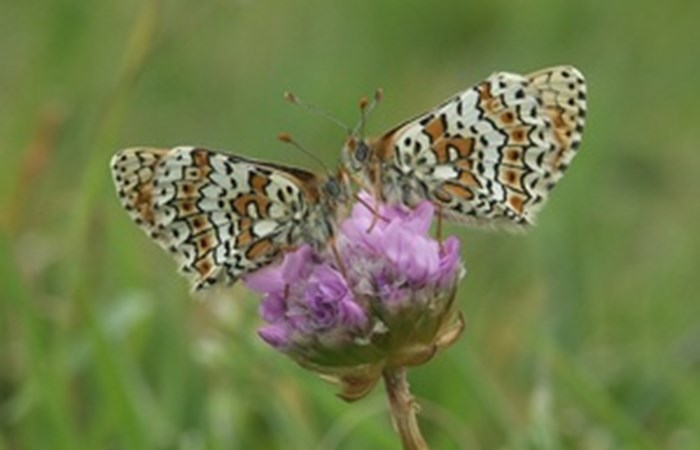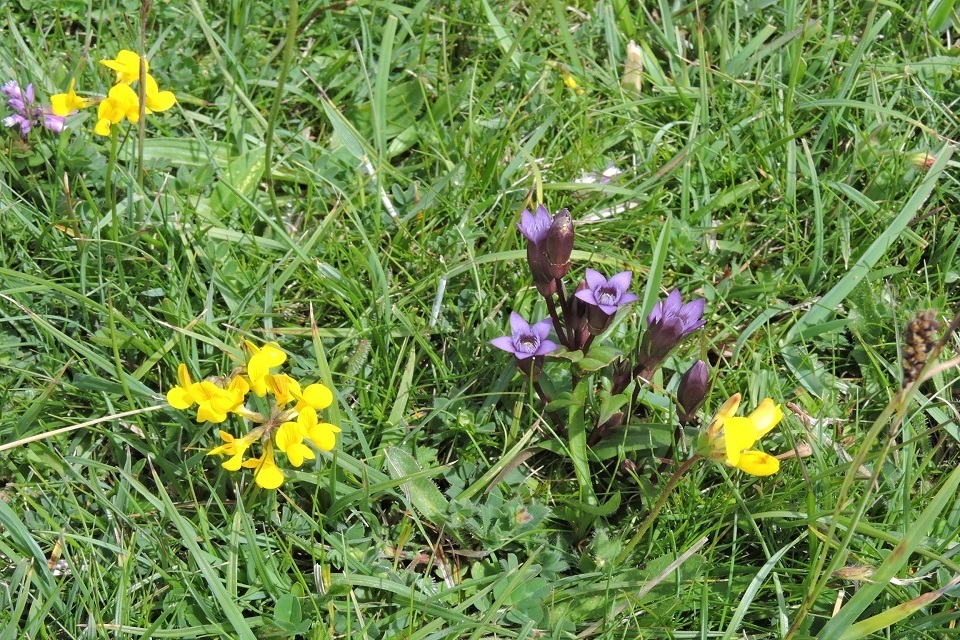Environment Agency

Some of Englands most rare and threatened species from the large marsh grasshopper, native white-clawed crayfish to lapwings and water voles are to be supercharged on the road to recovery thanks to a multi-million-pound grant scheme.
Some 63 projects across the country, including Hampshire and the Isle of Wight, have been awarded a share of 14.5 million by Natural England to help recover 150 species.
The Species Recovery Programme Grant Scheme supports targeted action to recover our most endangered species. The funding will support efforts to fine-tune habitat conditions for our rarest species, and actions such as propagation, captive rearing, translocations, research and solution-trialling to find the best approaches to enable endangered wildlife to survive and thrive.
Englands wildlife is facing extreme pressures habitat-fragmentation, climate change and invasive species have created huge declines, with average species abundance falling by 52 per cent. Numbers of the Duke of Burgundy butterfly, for example, have declined by some 50 per cent in the last 20 years.
The National Trust White Cliffs and White Chalk Species Recovery project will support the recovery of specialist flora and fauna in two iconic landscapes, the White Cliffs of Dover and Isle of Wight.The focus is on a diverse range of invertebrates and plants that share a number of similar requirements for targeted chalk and clifftop grassland management. To help achieve this, there will be improved mowing, focussed livestock grazing and scrub management on often difficult terrain.
The flora and fauna species being recovered includes: early gentian, oxtongue broomrape and yarrow broomrape plants; potter flower, cliff furrow bees; rest harrow, straw belle, white spot and dew footman moths and the glanville fritillary butterfly.

The early gentian wildflower is one of many flora and fauna boosted by Natural England's species recovery programme
Image credit: National Trust
Allison Potts, Natural England area manager for the Thames Solent region, said:
Im delighted that Natural England has awarded funding to this important project. Against the backdrop of the climate and biodiversity emergencies, this type of positive targeted action for threatened species will make a big difference.
As the amazing biodiversity of these iconic landscapes flourish under the stewardship of the project partners, residents and visitors alike will be able to enjoy seeing these rare plants and animals making their comeback.
Robin Lang, National Trust countryside manager for the Isle of Wight, said:
The Species Recovery Programme is a wonderful opportunity for us to build on many years of habitat management on the cliff tops and chalk grasslands of the Isle of Wight. There have been catastrophic declines in rare species and its vital that we look after those for which the National Trust holds nationally significant populations. Rarities such as the glanville fritillary butterfly, the dew moth, yarrow and oxtongue broomrapes.
This support from Natural England will give our management that extra push it needs to ensure the long-term survival of our most fragile wildlife. Were looking forward to working with local volunteers over the next 18 months to achieve this.
Other projects on the south coast include:
- Game and Wildlife Conservation Trust: gravelly shores a habitat enhancement project to restore 1.7 hectares of vegetated coastal shingle on the North Solent National Nature Reserve. It will be resilient to coastal erosion and sea-level rise and provide a more secure nesting area for ringed plover, for which the site holds approximately 50 per cent of the entire Solent regions breeding population, and Eurasian oystercatcher. It will attract common, sandwich, little and roseate terns, which no longer breed here.
- Hampshire County Council: Conserving Hampshires helleborines This project will reinstate red belleborine to a flowering state in its single location, through a fine-tuned programme of selective tree-felling, erection of an enclosure to protect the colony from trampling and browsing, and leaf-litter removal. There will also be effective wood meadow management at six sites for long-leaved helleborines, through reinstatement of grazing, installation of protective temporary fencing, selective tree removal and volunteer-led meadow cutting and raking.
- Species Recovery Trust: Protecting Englands rarest invertebrates to initiate a reintroduction project for the New Forest cicada, which is sadly now extinct in England.
The money has been awarded following a competitive application round, and will be used by environmental charities, wildlife organisations, local authorities and charities in projects across the country.
The projects will help deliver the Nature Recovery Network, creating, improving and connecting more wildlife-rich areas benefitting people and helping species to thrive.
The projects will also provide new opportunities for people to experience the wellbeing benefits of accessing the natural world, and help build resilience to climate change, while sustaining the vital ecosystems that provide us with healthy soil, clean air and water.
Improving strongholds for wildlife and investing in long-term species recovery will help achieve the Governments pledge to reduce the species extinction by 2042 compared to 2022 levels, restore more than 500,000 hectares of wildlife habitat, and increase species abundance as set out in the Environmental Improvement Plan.
- Further details of the grant scheme can be found on the Natural England blog.
More photos are available from the Natural Engla
